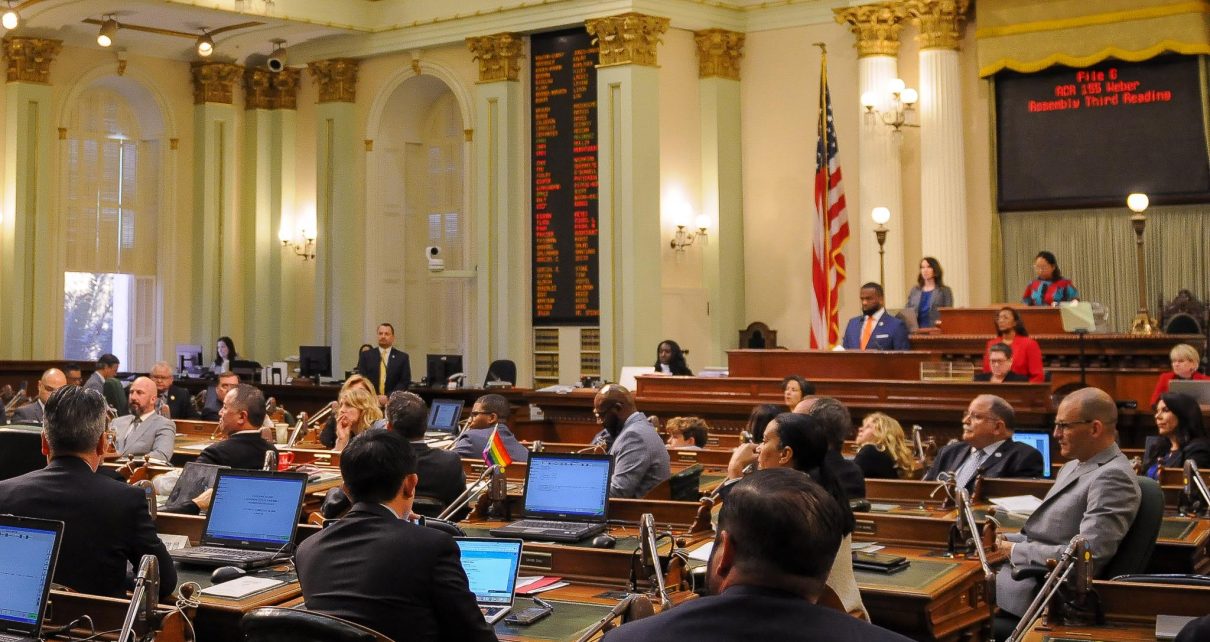
California State Assembly. (Photo: Kevin Sanders for California Globe)
Should Either Cross-References or Definitions Be Used in Legislation?
A state law might use reference to another state law, rather than repeat the same language in the new statute
By Chris Micheli, February 28, 2022 6:31 am
Current California laws often define a term used in a statute by making reference to an existing definition contained in another section of law or even contained in an entirely different Code. In addition, a state law might use reference to another state law, rather than repeat the same language in the new statute. The following examples are taken from recently-introduced bills:
“Vulnerable communities” has the same meaning as provided in subdivision (d) of Section 71340.
Or
This act does not affect the statute of limitations described in subdivision (f) of Section 1788.30 of the Civil Code.
In both examples above, one statute refers to (or points the reader to) a definition or provision of law contained elsewhere in California statutes. After reading these two examples, it raises the question whether this is a good approach to take. Or should new statutes replicate those same definitions in the new sections of law?
There are also instances in which California laws may incorporate by reference an entire program or activity undertaken by an executive branch agency. The following example is taken from a recent bill:
“Certified treatment program” means an outpatient program certified pursuant to Chapter 7 (commencing with Section 11830) of Part 2.
In this example, the term is defined by referring to a large section of existing state law. We regularly draft bills in California, like in many other states, by making reference to or incorporating by reference another existing statute for efficiency purposes as well as to not clog our Codes with the same language in multiple sections of law.
On the other hand, for the reader of a bill or an enacted statute, the cross-reference requires the reader to turn to that other statute in the same Code or in an entirely different Code to read the definition or understand the regulatory scheme to which the new bill or statute refers. As a result, some readers prefer having a statute replicate the language rather than have a cross-reference to another code section.
Whichever approach is preferable, California bills generally refer to existing definitions or statutory provisions by section(s) reference as a drafting guideline.
- Legislative Policy on Bay Area Pilotage - July 26, 2025
- Small Craft Harbors and Waterways in California - July 25, 2025
- Disability of Parties in Civil Actions - July 24, 2025







